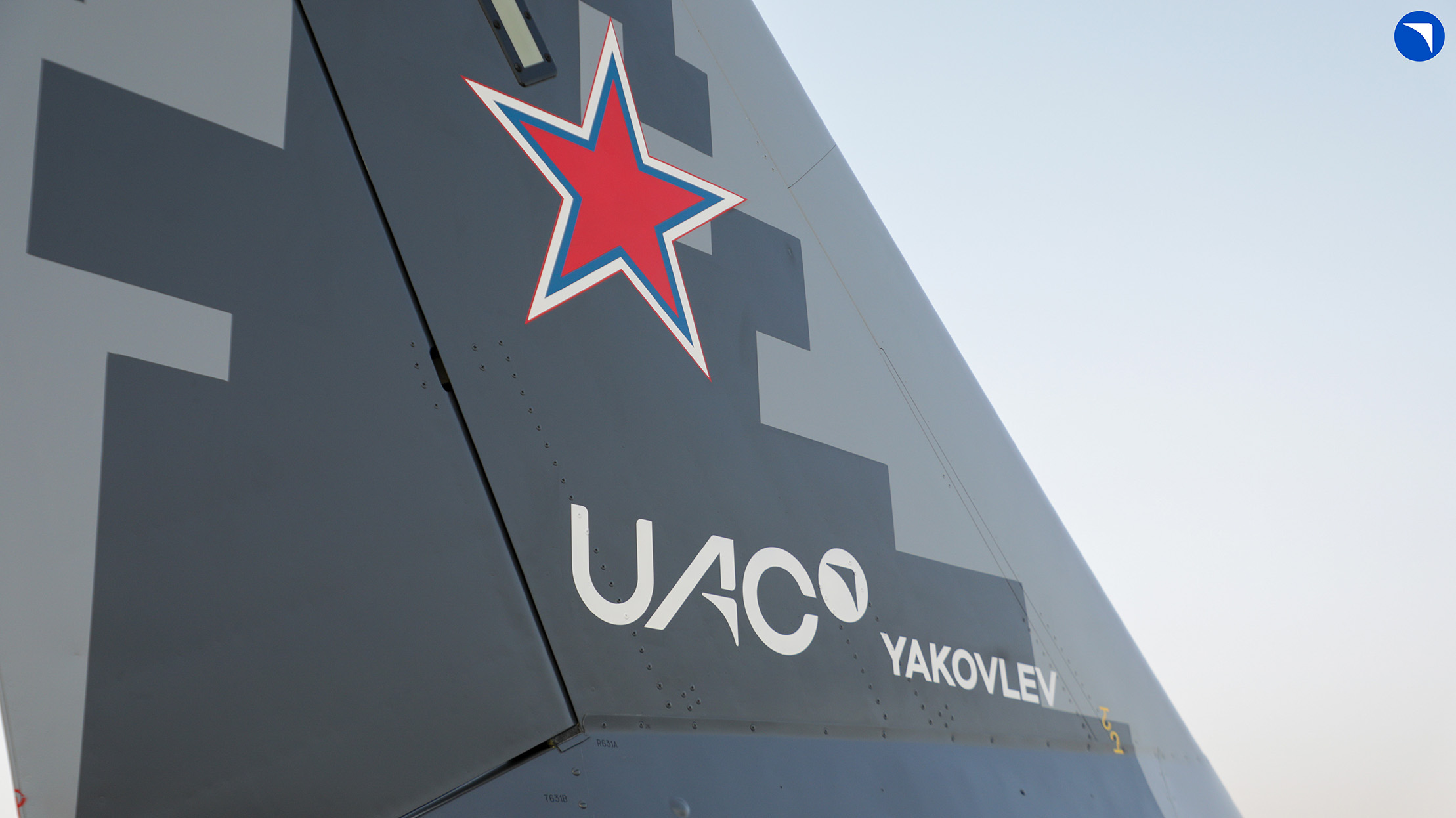Russia: UAC completes assembly of second Yak-130M prototype
Russia expands Yak-130M testing with a second prototype ready for flight trials.
The Russian United Aircraft Corporation (UAC), part of the state conglomerate Rostec, announced the completion of the assembly of the second prototype of the Yak-130M, the modernized version of the advanced trainer Yak-130. The aircraft was built by Yakovlev and will soon join the ground and flight testing program, as construction of a third prototype progresses.
The new prototype features the distinctive digital camouflage of Russian military aviation and is part of a batch of aircraft developed under the design and experimental work program (OKR, in Russian) launched in 2024. The first prototype was completed at the Irkutsk Aviation Plant, where it is currently undergoing systems testing and structural calibration.
“The Yak-130M was developed based on the analysis of experience gained by aviation in local and regional conflicts. The creation of light combat aircraft derived from trainers follows global trends in the development of military aviation,” said Dmitry Popov, Deputy Chief Designer of the Yak-130 program.
Deep modernization and new mission suite
The Yak-130M retains the basic airframe and training philosophy of the Yak-130—a platform designed to prepare pilots for fourth- and fifth-generation fighters—but integrates a new generation of onboard systems that significantly expand its combat capabilities.
Key integrated systems include:
- BRLS-130R radar, of domestic design, enabling detection and tracking of air and ground targets;
- SOLT-130K electro-optical system, combining thermal and TV sensors;
- President-S130 electronic warfare suite, with radar warning and infrared countermeasures;
- KSS-130 communication system, compatible with data links and command-and-control networks.
The integration of these systems will allow the Yak-130M to operate in training or combat missions, day or night, under adverse weather conditions. The aircraft will also be able to employ short-range air-to-air missiles and precision air-to-surface weapons guided by laser or satellite, effectively turning it into a multirole light attack fighter.
According to Rostec, the modernization “not only preserves all the Yak-130’s capabilities for combat pilot training but also grants it the qualities of a highly precise light attack aircraft.”
Testing, context and projection
The first Yak-130M prototype, completed in early October at the Irkutsk Aviation Plant, is currently undergoing systems validation tests to verify the performance of the new radar, electro-optical system, and electronic warfare package. Most of these subsystems were developed within Rostec’s industrial cooperation framework, and their performance will define the final parameters of the modernization.
Once ground tests are completed, the aircraft will begin flight trials to evaluate its dynamic behavior and the compatibility of its avionics suite with the integrated weapon system.
The second prototype, recently completed, will join this testing phase to expand the database required for model certification, while Yakovlev continues assembling a third experimental unit incorporating refinements derived from preliminary test results.

Officially unveiled at the Army-2024 International Forum, the Yak-130M represents the natural evolution of a platform that, since its 2009 introduction, has become the backbone of advanced training for the Russian Aerospace Forces (VKS). The new version, however, aims beyond training: it seeks to position itself as a viable light combat and export platform, competing in the same segment as the Italian M-346FA, South Korean FA-50, and Chinese L-15A.
Within Russian doctrine, aircraft of this type are expected to complement front-line multirole fighters in low-intensity or close air support missions, leveraging their lower operating costs and high availability. With the addition of the BRLS-130R radar and the President-S130 defensive suite, the Yak-130M aspires to establish itself as a true dual-role platform, capable of alternating between advanced training and tactical combat, aligned with the global trend toward “economy-of-means” solutions in modern air operations.

/https://aviacionlinecdn.eleco.com.ar/media/2025/10/yak_130m_segundo_prototipo.jpeg)
Para comentar, debés estar registradoPor favor, iniciá sesión